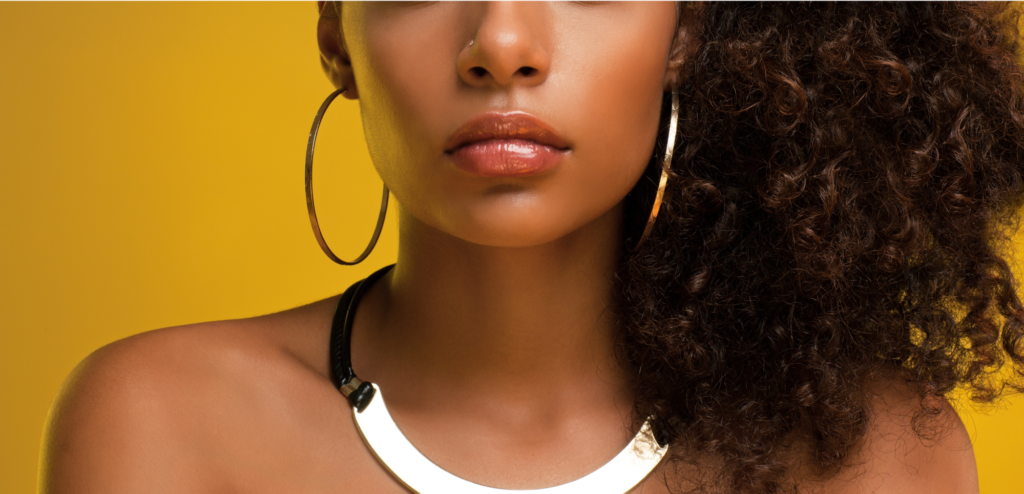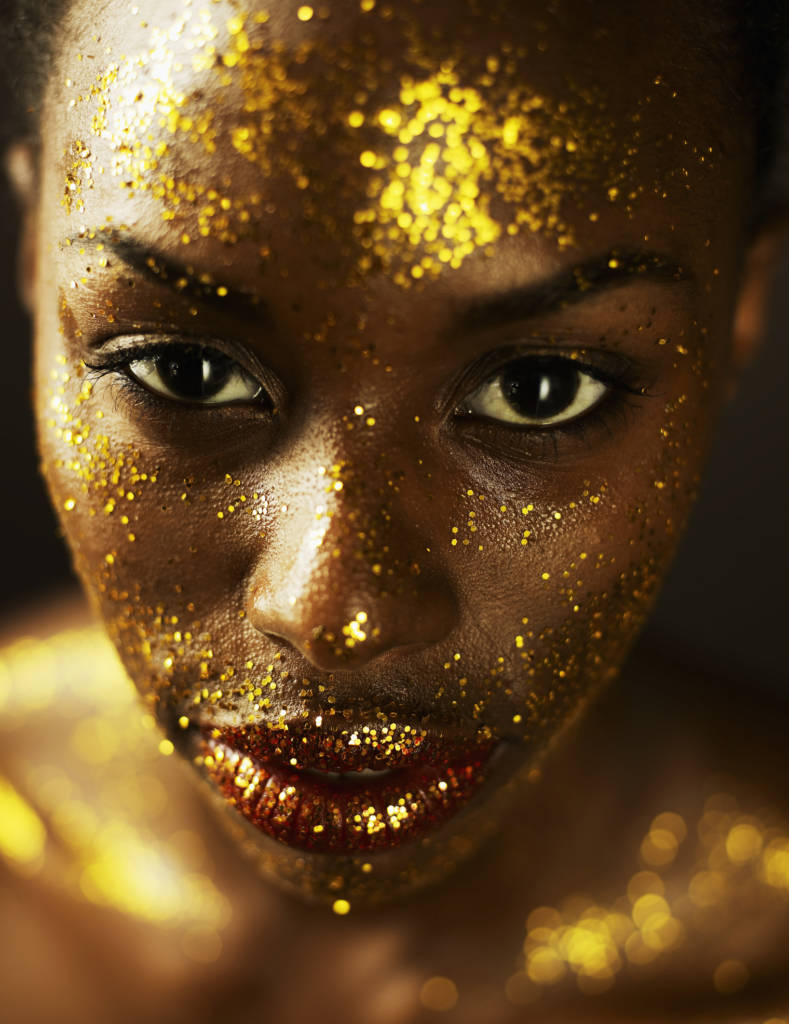 Gold has been around for centuries. But not just as jewelry, it was also used as medicine. Egyptians believed the healing powers of gold could cure all manner of physical, mental and spiritual ailments. Romans used gold preparations for the treatment of skin lesions and sores. It is believed that Cleopatra wore pure gold for a radiant complexion. In ancient Chinese medicine, gold was the secret to youthful skin.
Gold has been around for centuries. But not just as jewelry, it was also used as medicine. Egyptians believed the healing powers of gold could cure all manner of physical, mental and spiritual ailments. Romans used gold preparations for the treatment of skin lesions and sores. It is believed that Cleopatra wore pure gold for a radiant complexion. In ancient Chinese medicine, gold was the secret to youthful skin.
Gold isn't just outside our bodies, it's in our bodies too. We contain about 0.2 milligrams, most of it in our blood (you’d need 40,000 people to collect enough gold to make one 8g sovereign).
Some plants – Douglas fir and honeysuckle – absorb it very efficiently from the soil, but again the acreage needed to produce a decent return wouldn’t be economically viable. The most abundant source of gold on the planet is the sea, where there are 10 million tons of the stuff floating around worth £350 trillion at last Monday’s price (£993 per ounce). However, the costs of extracting anything at a concentration as small as 10 parts per trillion are just too high.
Although it has no nutritional value, gold has an e-number: E175. You can eat it in chocolates or as flakes in Swiss cinnamon-flavoured Goldschlager liqueurs.
In medicine it is used to control rheumatoid arthritis, a treatment known as chrysotherapy (from the Greek chrysos, “gold”).
Dentists use about two percent of the gold mined each year (about 60 tons). A gold crown is usually 75 percent gold, with a mixture of silver, palladium and zinc to harden it.
Many luxury spas use 24-carat gold leaf treatments to hydrate, firm and moisturize the skin, claiming reduced fine lines and wrinkles and resulting in smooth and radiant skin.

Here's what it has and can be used for today:
Fights Inflammation
Gold is thought to have antibacterial properties and to help transport oxygen molecules into the skin for cell renewal to treat ulcers and inflammatory disorders of the skin. Use gold to improve blood circulation which in turn regulates the oxygen flow to every part of our body. This helps to keep yourself fit and away from sicknesses.
Regulates Body’s Temperature
Gold is used to regulate the body’s temperature control mechanism which protects us from outside temperature variations and further it also boosts immunity.
Arthritis Symptoms
It has been observed by doctors, and confirmed by research that wearing gold on the skin can improve and alleviate rheumatoid arthritis symptoms in a significant proportion of sufferers.
But there are also some negative effects of gold as well:
Contact Dermatitis
Allergic reactions to gold are rare but can result from direct skin contact. According to a publication in the “Daily News Analysis,” some people...
...display allergic skin responses to gold jewelry or dental crowns, says Dr. Thomas Fuchs of Goettingen University Hospital in Germany. After a survey of various dermatological clinics and hospitals, he concluded pure, unalloyed gold can trigger allergic reactions. The degree of allergy varies from immediate dermatitis on hands and feet from contact with gold items to reactions only after many years of skin contact.
Skin Rashes
Chrysotherapy is a successful treatment for rheumatoid arthritis, but dermatological reactions to gold limit therapeutic usage. A study done at Tel Aviv Medical Center reported in “Annals of Rheumatic Diseases” was discontinued when patients given gold salts reacted adversely with symptoms including gold-induced skin rashes. After the study was stopped, coincidentally the patients with skin rash experienced remission in their rheumatoid arthritis. The patients without skin rash did not.









